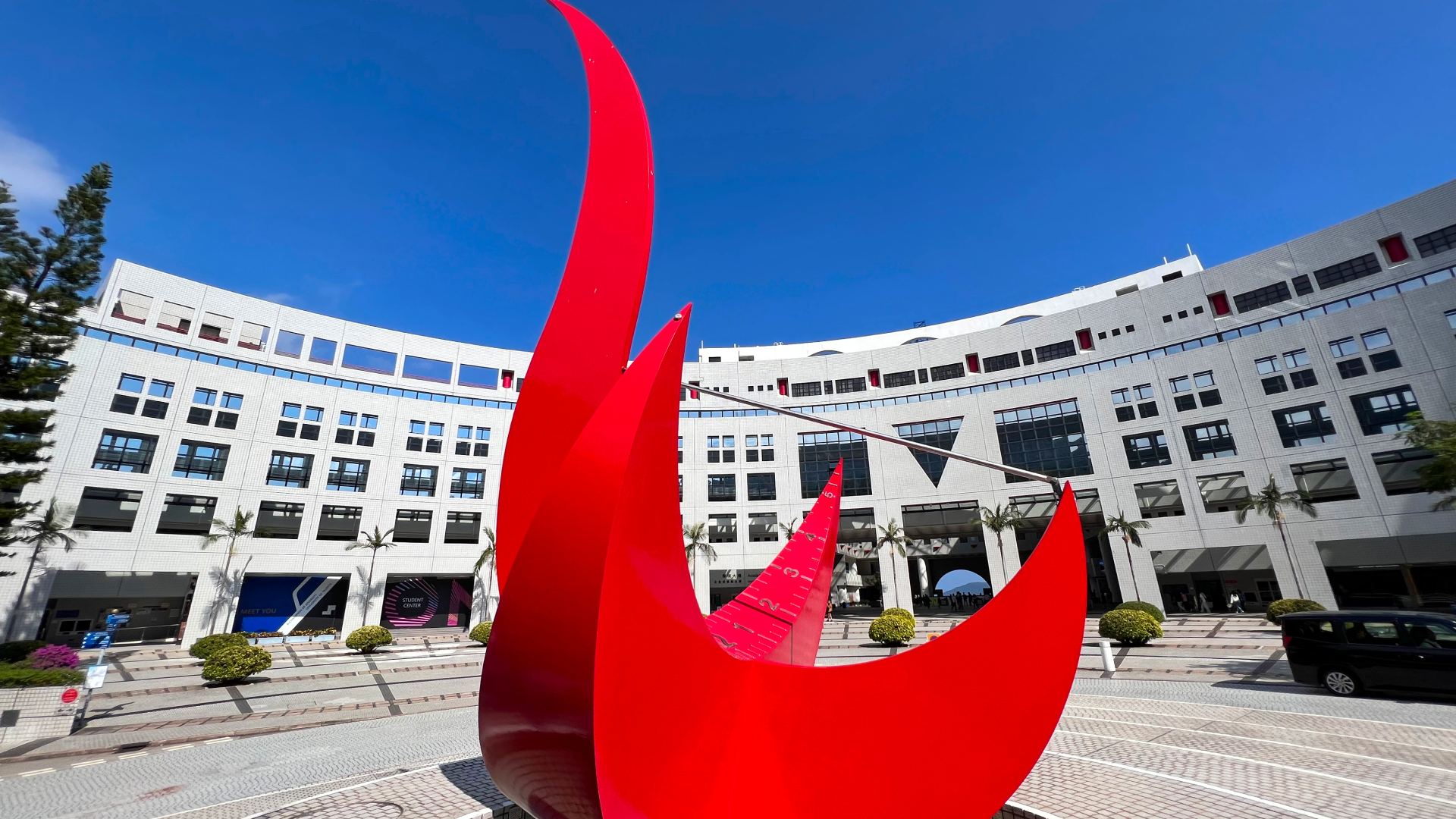News & Stories
2024
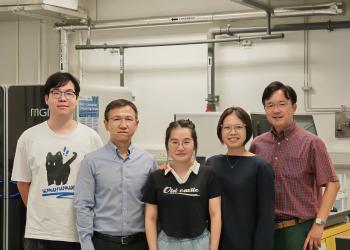
News
HKUST Researchers Reveal Microglia’s Crucial Role in Preventing Axonal Degeneration Following Spinal Cord Injury
A collaborative effort between engineers and biologists at the Hong Kong University of Science and Technology (HKUST) has uncovered a neuroprotective mechanism in spinal cord injury (SCI), shedding new light on therapeutic approaches to potentially benefit millions of patients worldwide.
While SCI is a devastating condition with profound, life-altering consequences, unfortunately, a definitive cure remains elusive. For a long time, the study of axon damage and regeneration in SCI has been constrained by the lack of suitable in vivo imaging tools capable of visualizing undisturbed cellular processes within the spinal cord.
News
HKUST Introduces City’s Largest Liquid Immersion Cooling Technology for Sustainable AI & Scientific Research
To meet the surging demand for high-power AI research sustainably, The Hong Kong University of Science and Technology (HKUST) has launched the city’s largest Liquid Immersion Cooling system in its new research computing facility. This new technology reduces energy consumption for cooling by over 80% and creates an optimal operating environment that can enhance computing performance at lower temperature.
High Performance Computing (HPC) is vital for scientific research that involves analyzing vast amounts of data or complex algorithms. However, they consume significant electricity, and excessive heat can hinder their performance.
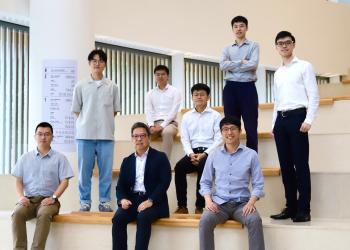
News
Less is More: Saving Manpower on Traffic Control While Improving Road Efficiency
HKUST Dean of Engineering Prof. Hong K. LO and his team have developed an award-winning smart traffic control plan to mitigate the notorious congestion in Kwun Tong District, Hong Kong. And they have a broader vision to share in this story.
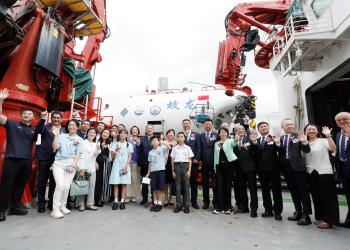
News
HKUST Welcomes Shenhai Yihao and Jiaolong’s First Visit to Hong Kong
With strong support from the Deep Ocean Affairs Administration of the Ministry of Natural Resources, The Hong Kong University of Science and Technology (HKUST) hosted a welcoming ceremony today for the inaugural visit of Chinese research vessel Shenhai Yihao (Deep Sea No. 1) and the manned submersible Jiaolong to Hong Kong, following the vessel’s successful expedition in the Western Pacific. Co-led by HKUST, the expedition is part of the first international deep-sea metascience program, “Digital Deep-sea Typical Habitats (DEPTH),” backed by the mainland government, with the participation of scientists from various countries.
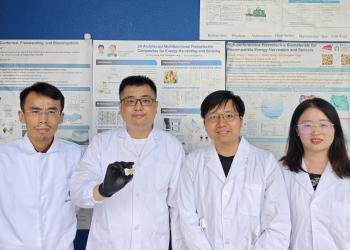
News
HKUST Researchers Develop Innovative Method to Simplify Manufacturing Process of Cellular Ceramic
A study led by the School of Engineering of the Hong Kong University of Science and Technology (HKUST) has developed an innovative method that overcomes the limitations of traditional additive manufacturing (3D printing), significantly simplifying and accelerating the production of geometrically complex cellular ceramics. This groundbreaking approach has the potential to revolutionize the design and processing of multifarious ceramic materials, opening up new possibilities for new applications in energy, electronics, and biomedicine, including robotics, solar cells, sensors, battery electrodes, and bactericidal devices.
News
HKUST Engineering Researchers Discover an Effective and Environment-friendly Disinfectant
A widely used disinfectant worldwide, chloroxylenol, has been associated with eco-toxicological threats in water environments due to its relatively high chemical stability and massive consumption. Researchers at the School of Engineering of the Hong Kong University of Science and Technology (HKUST) have discovered a promising alternative known as 2,6-dichlorobenzoquinone (2,6-DCQ), which works more effectively in combating certain common bacteria, fungi and viruses, and can be rapidly degraded and detoxified in receiving waters.
This groundbreaking study is led by Prof. ZHANG Xiangru from HKUST’s Department of Civil and Environmental Engineering, who has been studying disinfection byproducts (DBPs) for many years. During the pandemic outbreak, Prof. Zhang noticed that chloroxylenol is structurally similar to some halo-phenolic DBPs previously discovered by his team, which have been shown to rapidly degrade by solar photolysis.
News
HKUST Engineering Researchers Develop Groundbreaking Platform for One-Step Production of Sperm-Like Micro-Robots to Enhance Precise Drug Delivery
A research team from the School of Engineering of the Hong Kong University of Science and Technology (HKUST) has developed an innovative magnetic actuation platform that enables the one-step formation of sperm-like “micro-robots”, demonstrating excellent motility and efficient performance in precise drug delivery. By addressing the limitations of traditional microfluidic devices in processing sophisticated 3D structures, the research team has significantly streamlined the production procedure of these micro-robots, paving the way for more promising applications of this technology in the biomedical field.
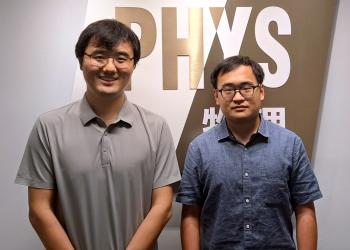
News
HKUST and SJTU physics researchers identify new multiple Majorana zero modes in superconducting SnTe
A collaborative research team led by Prof. Junwei Liu, Associate Professor in the Department of Physics at the Hong Kong University of Science and Technology (HKUST), and Prof Jinfeng Jia and Prof Yaoyi Li from Shanghai Jiao Tong University (SJTU), has identified the world’s first multiple Majorana zero modes (MZMs) in a single vortex of the superconducting topological crystalline insulator SnTe and exploited crystal symmetry to control the coupling between the MZMs. This discovery offers a new pathway to realizing fault-tolerant quantum computers, which is published in Nature*.

